Balanced Screen Time
Digital media can have both positive and harmful effects on kids. For instance, digital educational tools can be very helpful. However, too much media can compete with the time kids need for healthy amounts of exercise and sleep.
To keep with the fast advances of our tech-infused world, the American Academy of Pediatrics offer the following recommendations based on your child or student’s age:
0-18 months old
What’s OK: Video-chatting with loved ones (like Skype or Facetime)
What’s Not: Screen time is not recommended for infants because it can get in the way of sleep, exercise, and what’s really important – bonding time with caretakers.
18-24 months old
What’s OK: High-quality digital media used as an interactive tool, like picture books. The key word is “interactive” as digital devices shouldn’t replace opportunities for toddlers to learn and engage with the world.
What’s Not: As busy as you are being a parent, try to keep the TV as a babysitter at a bare minimum.
2-5 years old
What’s OK: Up to 1 hour of high-quality digital media, such as Sesame Workshop of PBS. Its also important for parents to watch media alongside their child and maintain interactivity.
What’s Not: In general, cartoons are not considered high-quality media. The portray non-real objects and characters, which can be confusing for young children who are still learning to navigate the world.
6+ years old
What’s OK: Setting screen-free zones in the house (like at the dinner table or when doing homework) and identifying other activities to do (like reading, sports, arts and crafts).
What’s Not: Sleeping with your phone or digital device disrupts sleep. Instead, give kids a break from devices by recharging them overnight in the kitchen or another room.
Simple Steps to a Healthy Media Diet
Find Balance
Help your children develop a plan that includes activities they need to do, such as schoolwork, activities, chores, reading, with activities that are meaningful and fun, like, structured and unstructured play, family time, and TV or gaming. Decide on limits and behavior using a Family Media Agreement.
Walk the Walk
Modeling Digital Citizenship by:
- Putting your phone away during meals and family time.
- Healthy media use (time and balance)
- Good citizenship (e.g., abiding by the rules)
- Give time and attention to your children by talking, playing and providing screen-free alternatives that build brain power
- Monitoring Screen Use/Content/Social Media
Talk About It
Communicate face to face
Focus on mutual respect, love, talk and play
Talk about “Digital Citizenship” and the use of technology as a “tool”
Catch them in the act of being good to their brain and practicing good digital citizenship
Create Tech-Free Zones
Set rules that fit your family, such as “devices off during meals,” “no social media during homework,” or “all screens off before bedtime..” “No screens in the bedroom.”
